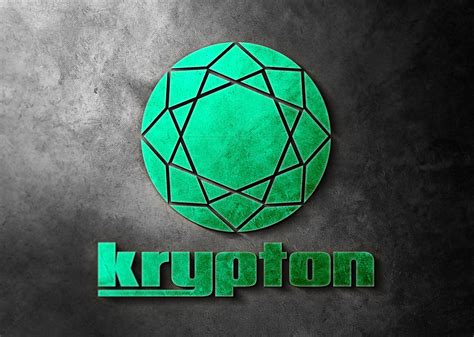- CRYPTOCURRENCY
-
by admin
Packing the Little Endian Twist: Ethereum hex format
Bitcoin and Ethereum, two most striking cryptocurrencies on the market, understand the format of their transaction data. At first glance, it may seem surprising that both systems use similar hexadecimal formats for many elements of transaction data, but after closer checks, they notice that there is a specific conference in the game – a little endianity.
Little endianity in action
In computer science, Endianness refers to the order in which the bytes (8 bit groups) are depicted. There are two main types: Big-End-Endia and Little Endian. Big-Endian is used when read data from the byte stream from left to right, first read the most important bytes, while Little-endian reads the data from right to left.
In the hexadecimal representation, the Convention stipulates that each number is depicted in four bytes (32 bits), the least significant (right) byte (right) is the “small end” of the hex value. This means that when formatting the sums and other numbers, they are usually depicted using a small end format for readability.
Bitcoin hex format
In bitcoin, transaction data is formed as a sequence of four -byte pieces, so -called blocks containing various types of transactions (such as inputs and outputs). There are many components within each block that must be depicted in a specific order. The implementation of Bitcoin uses Little-End format for these ingredients for the following reasons:
1.
- Readability
: Little-Endian makes it easier for users and developers to understand and cooperate transaction data by knowing from left to right from Byte Stream.
- Compatibility : The use of Little-endania facilitates retroactive compatibility between older systems and new implementation.
Ethereum hex format
In contrast, Ethereum’s transaction data format is slightly different due to its more complex architecture. Ethereum transactions consist of several components including:
- Transaction data

: This includes input (source) and output (target) addresses, amount, gas price and other relevant details.
- VRF (variable random function) : a random number generator used for various cryptographic operations.
When the data types are hexadecimal, Ethereum also uses a small end format, but with some additional considerations:
- Byte Order : When representing whole numbers or long values, they are often represented in Great Endian order to meet the usual whole number of representations on most hardware platforms.
- Gas and Time Stamp Conversation : In order to accept the gas prices and time stamp and time stamp components of Ethereum transactions, these values are often converted from a small-end format to big-end format.
Conclusion
Use of Little-End-End formatting for hexadecimal transaction data in Bitcoin and Ethereum for several purposes:
* Readability : A familiar left to right to simplify the understanding of transaction data by order.
* Consistency : Consistency ensures between different systems and platforms.
* Compatibility : Facilitates retroactive compatibility between older systems and new implementation.
In summary, the use of Little-endian in both bitcoin and Ethereum format is not just a coincidence; In fact, this is a deliberate design choice that reflects the requirements of the readability, consistency and compatibility of the given architectures.
